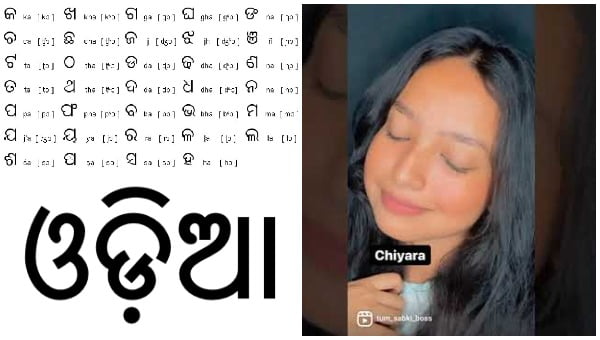What’s In An Accent? Being Comfortable With The Way We Speak Starts Closer To Home With Odia

Bhubaneswar: Long after English was forcefully established as the prime tool of globalisation, people around the world have been putting their own intonations and inflections on the language, in order to bring some warmth and familiarity to its use.
Lingering colonised mindsets has led us to praise accents from the north, while looking down on accents from countries in Asia, South America and Africa, ignoring the fact that it’s the second or third language learned by most outside the US, UK, Australia and New Zealand.
With criticism of characters like Apu Nahasapeemapetilon from The Simpsons in recent years, and movements calling out stereotypes, microaggressions and minstrelsy wherever they can be found, it’s sometimes easy to overlook the superiority complexes that come with modernity, that have been ingrained into our own culture, way closer to home, especially when it comes to the use of our mother tongue Odia.
Uma Shankar moved with his family from Angul to Bhubaneswar in 2011, and on his first day in his new school, he noticed a significant difference between him and the way in which his new friends spoke the Odia language.
“The teacher asked me my name and schooling, and even though I repeated myself thrice she still couldn’t understand. She got my name after a little difficulty, but I had to spell out the name of Rotary Public School in Angul, to the amusement of the rest of the kids. You can call it a cultural shock of sorts. Looking back, it was good-natured laughs, and not much thought went behind it on part of my friends, but since that day I felt much more comfortable conversing with them in Hindi, which I was also fluent in.”
Smaraki Pani did her graduation at Parala Maharaja in Berhampur and quickly picked up many distinct notes that she had never heard used in spoken Odia before.
“We say ‘ei side, sei side’, they say ‘ekani, sekani’. We say ‘jhia’, they say ‘tukkel’. They have a very distinct flow and a penchant for stretching out every word. Most of my friends and I were very interested by it all, and some of us even picked up the way of speaking unintentionally after spending three years in Berhampur. But we also heard groups of students from Bhubaneswar mocking the accent of the locals, not so good naturedly, throughout our time there,” she says.
Manjulata Mishra is from Jajpur and did her schooling from Utkal University High School almost 25 years ago. She says mocking someone for the way they speak Odia is a very recent phenomenon.
“People from different parts of the state carried with them their unique mannerisms and figure of speech. There was a communal feeling in most institutes of education, with students interested in discussing with each other, to get to know the world outside of their own immediate surroundings. There was no incident of pointing someone out in a group and making them feel small or inferior, just for being from Sambalpur, Balasore, Koraput or any place farther away from Bhubaneswar and Cuttack. The misguided interest in perfecting our language and our speech comes from trying too hard to emulate Western societies,” she says.
Sasmita Dehury was born and raised in Redhakhol, Sambalpur, and now works in Bhubaneswar, as a caretaker for the elderly. She is also trying to complete her +2 through correspondence, which she missed out on, having to work to support her family.
She explains how she had to completely let go of her Sambalpuri accent, which is a dialect in itself so that the families she works with within Bhubaneswar can understand her properly. She cites some examples. “Khai sari lani ki nahin?” is spoken in Sambalpuri as “Kana khailana ki nahi?”. “Kan kinibaku jaucha?” is “Kan kinwale jaucha kan?”. There is a lot of use of “Na”, “Ni”, “Kana”.
“The lines between the dialect and my Odia accent used to blur together, which made learning ‘sahitya’ so difficult as a young kid. I think I speak much more plain, slow Odia now after two years in Bhubaneswar, and my accent is almost unrecognisable by the people here. But I immediately settle into my old dialect, like a warm blanket, when I go back home to Redhakhol. My family and friends almost insist on it by making jokes and mimicking me for speaking in foreign and uncomfortable tongues.”

Comments are closed.